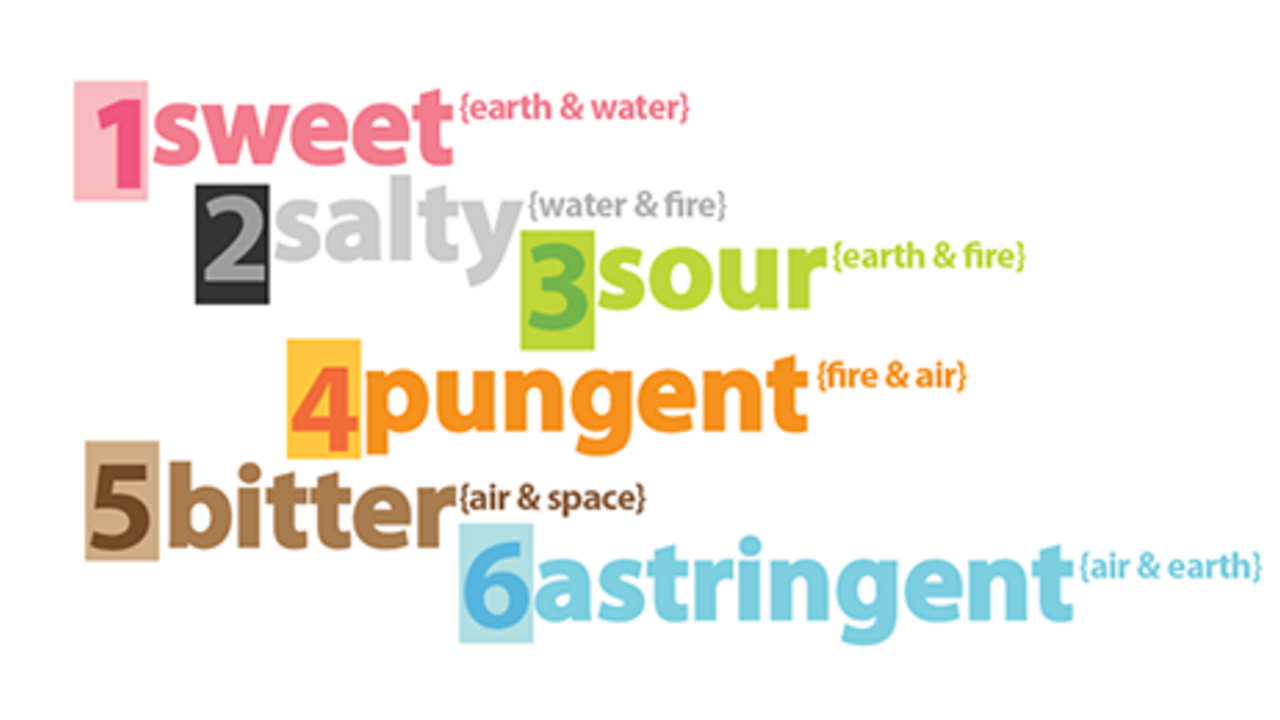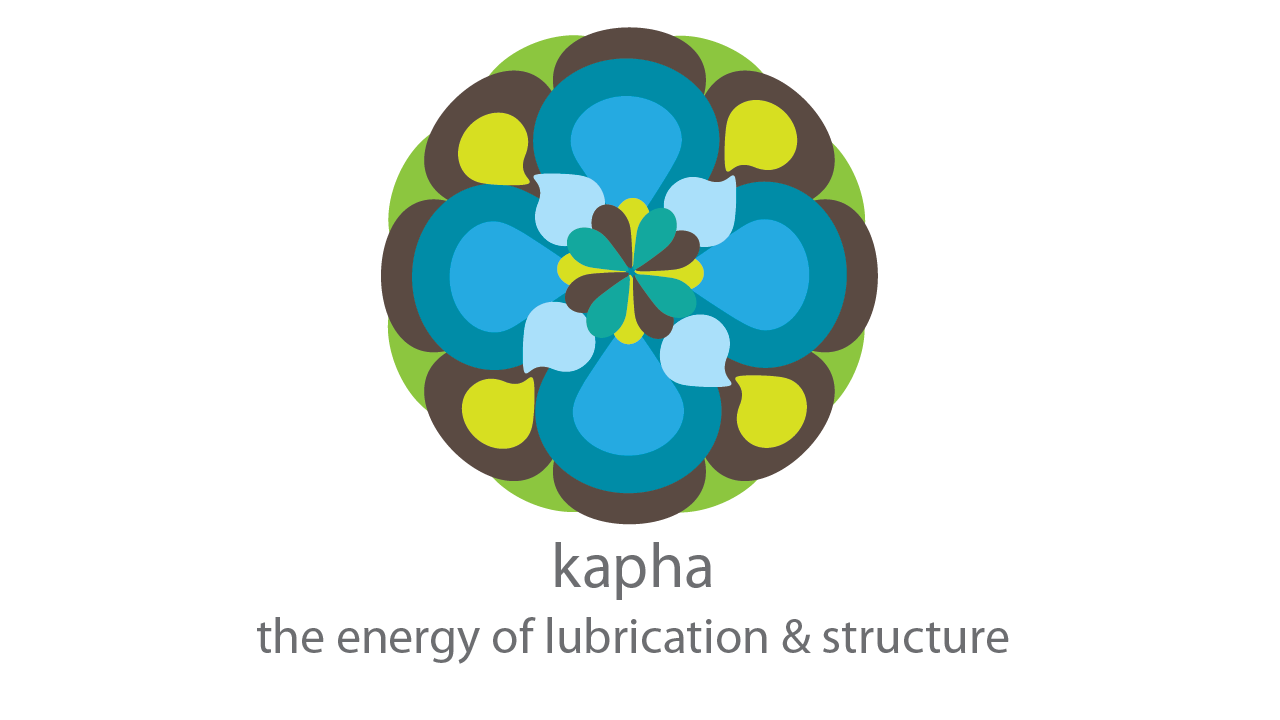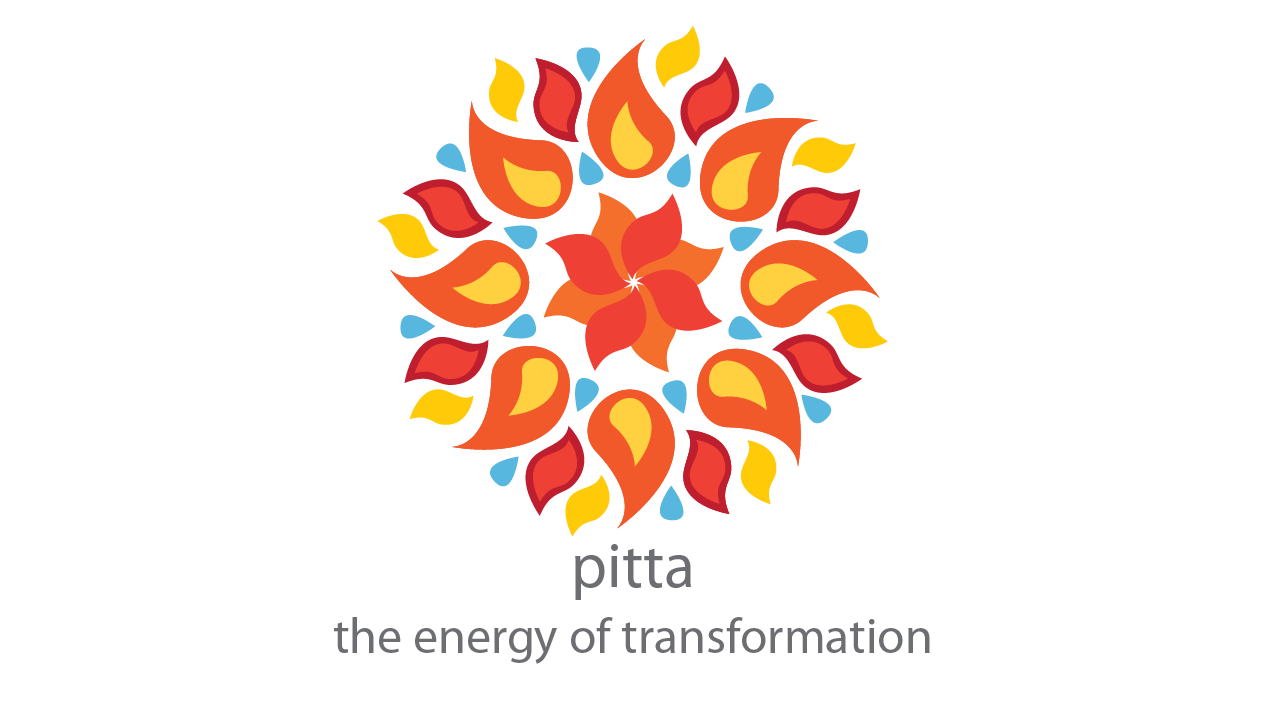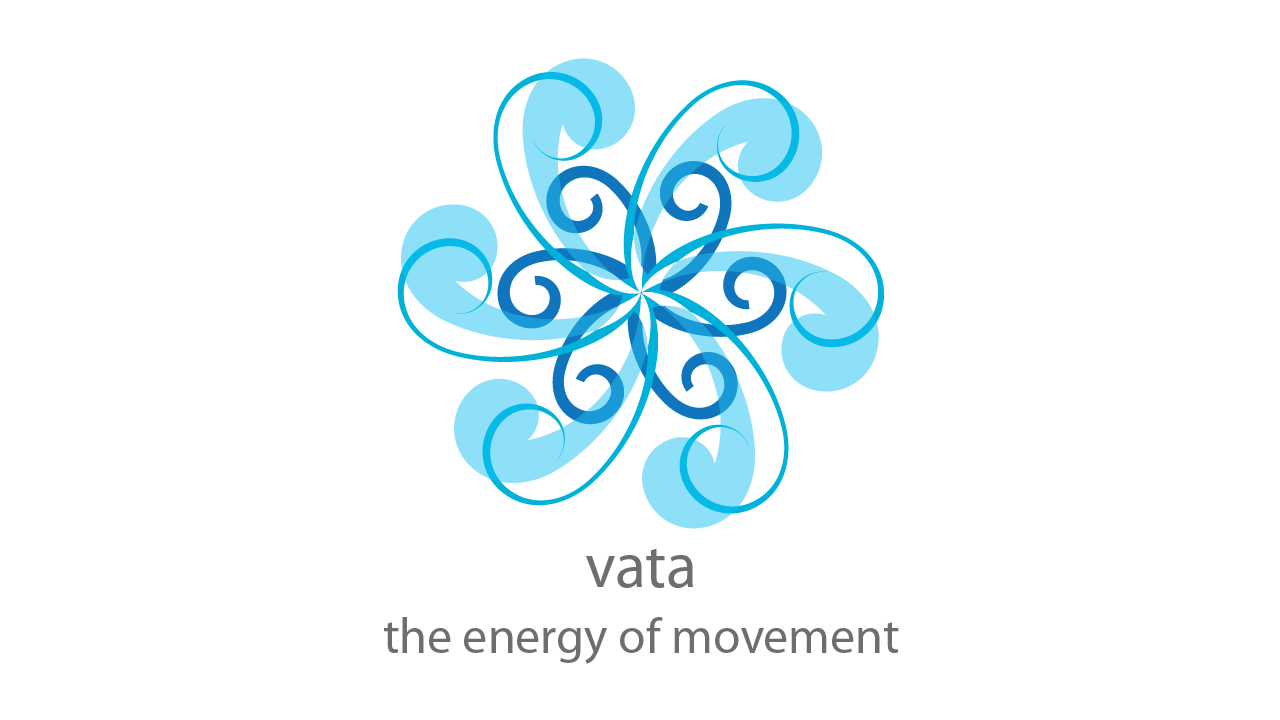Ayurvedic Nutrition: The Six Tastes

For much more on Ayurvedic nutrition, grab a copy of my book In Your Elements on Amazon!
Ayurvedic nutrition has such a different and refreshing lens!
Is there such a thing as "Ayurvedic food"? No. Food is food.
So don't stress about whether food is "Ayurvedic" because there is no such thing. Yay!
What matters is a) the quality of food — is it high quality or low quality and b) are the "tastes" of the food — and whether those tastes balance your dosha.
In Ayurveda, foods consist of the 6 tastes. The 6 tastes are sweet, sour, salty, pungent, bitter astringent.
Having a balance of the six tastes in our diet creates harmony in the body and mind. Each taste contains certain elements (space, air, fire, water, earth), so depending your dosha, there are tastes that will be more balancing for you than others.
The tastes that balance vata are: sweet, sour, salty.
The tastes that balance pitta are: sweet, bitter, astringent.
The tastes that balance kapha are: pungent, bitter, astringen...
Best Foods for the Doshas
Dosha Menus download here
Food is the basic building blocks for our physical bodies. Depending on who we are as a unique person, or, our balance of doshas, we might need different types of foods.
Vatas are very light and airy. They will need foods that are grounding, stabilizing and warm. Since vatas don't have a lot of structure, their food needs to have more structure or they will get weak and their tissues will break down. They need to eat what I call "building" foods.
Pittas are slightly oily, hot and sharp. They will also need foods that are cooling, fresh, and mild. They will also need grounding foods but for a different reason — pittas will burn through food quickly, so if it's not substantial enough, they will be hungry (and cranky!) often. Pittas have medium structure and also need "building" foods so their naturally strong digestive fire stays strong, without burning up the tissues.
Kaphas are already quite built! They need light, warm, spicy fo...
The Best Exercise for your Dosha
My friends, for those of you who feel consistently sluggish, moving your body is the key to get energized. We are not meant to sit for hours on end in front of a computer or tv - it's just not natural! Since we are little beings of nature so we need to move, sweat, and tone our bodies.
Moving is essential to keep disease and sickness away (immunity booster) and it tones all the tissues of the body. Food and exercise are the building blocks for the physical body. So if we're only doing one of those things right, we are only half way. That said, I know it can be frustrating when you know you need to do some sort of exercise, but you're not sure exactly what is best for you. But that's what I'm here for!
Since Ayurveda is individualized, each dosha does better with certain exercises.
Not sure of your dosha yet? Take the quiz.
Exercises for vata
Vatas, you need to slow down. Slooooooooooow dooooooowwwwwn. Okay, even slower. ;) Because vata is so wiggly, windy, scattered, and variable...
Ayurveda Basics: Kapha Dosha

Check out Podcast Episode #2! on iTUNES
KAPHA DOSHA: THE ENERGY OF LUBRICATION AND STRUCTURE
Temperament STEADY & NURTURING
Elements water (aap) + earth (prithvi)
Qualities wet, cold, heavy, oily, static
Season spring
Nature moon
Main Location stomach + chest
Kapha is the dosha responsible for lubrication and structure of the body. Because of their sturdiness, Kapha people tend to be the healthiest of the three doshas, including mental health. Kapha is our lubrication in the brain, around the joints, reproductive fluids, and is responsible for building most of our tissues. Kapha keeps our bodies from turning into raisins.
Since Kapha people are made of water and earth they are very sturdy, grounding and they are difficult to move. They are comfortable and happy in one place and don't like change. Kaphas are prone to "static & heavy" diseases like obesity, lethargy, dullness of mind, and diabetes.
Kapha personality
Everybody loves a Kapha! They are the peacemakers, the joyous hosts...
Ayurveda Basics: Pitta Dosha

Check out Podcast Episode #2! on iTUNES
To begin applying Ayurveda to your life, grab a copy of my book In Your Elements on Amazon!
PITTA: THE ENERGY OF TRANSFORMATION
Temperment LEADERSHIP & INTELLECT
Elements fire (tejas) + water (aap)
Qualities sharp, hot, oily, smooth, mobile
Season late spring thru summer
Nature sun
Main Location small intestines
Pitta dosha is responsible for digestion and transformation. Pitta is the heat that transforms food, thoughts and physical exertion into energy. Pitta is the medium and agni (digestive fire) is the content so the state of your pitta dosha determines whether you are digesting food properly. Ama is caused by undigested food and it is toxic. Therefore you have healthy pitta, you have healthy agni, and you won't get ama.
Since pitta people are made of fire and water, they are more sturdy than vata types and it takes them a moderate amount of time to get out of balance and come back into balance. Pittas tend to be on the warm side and are ...
Ayurveda Basics: Vata Dosha

Check out Podcast Episode #2! on iTUNES
To begin applying Ayurveda to your life, grab a copy of my book In Your Elements on Amazon!
VATA: THE ENERGY OF MOVEMENT
Temperment CREATIVE & ENERGETIC
Elements air (vayu) + ether (akash)
Qualities dry, light, cold, mobile, rough
Season fall thru mid-winter
Nature wind
Main Location colon
Vata is referred to as the 'king of the doshas' because it is responsible for every movement in the body. Without vata, pitta and kapha cannot move. Eyes blinking, heart beating, talking with your hands, jumping, circulation, elimination, are all because of vata.
Since vata people are made of air and ether, they don't have a lot holding them together. They will quickly go out of balance and quickly come back into balance - think of the wind. Vatas tend to get cold easily and are prone to dry skin due to the dry, cold and rough qualities.
Vata personality
You can pick out who has vata as their dominant dosha because they tend to talk a lot, move a lot, and...
Ayurveda Basics: The Three Doshas

To begin changing your life with Ayurveda, grab a copy of my book In Your Elements on Amazon!
According to Ayurveda, all that exist in the Universe (and planet earth, down to our teeniest cells) are 5 things: space, air, fire, water, earth.
As those 5 things combine in a gazillion different ways, we end up with mountains and dining room tables (lots of earth element), oceans and cups of tea, (lots of water element), bon fires and candles (fire, duh), and wind (our breath!) as a few examples. So these 5 elements combine to create our material world.
Therefore nature is part of us and we are part of it. In Ayurveda, this is the principle of macrocosm and microcosm: the large nature (great universe!) and the tiniest nature (our cells) are made of the same things!
So let's go a little further.
At conception we were created with a unique blend of the 5 great elements (space, air, fire, water, earth).
That unique blend is called our, prakruti, or our individual balance of doshas. Nobod...
How to Do a Simple Ayurvedic Kitchari Cleanse

Below is an excerpt from my book In Your Elements, available on Amazon.
A kitchari (KIT-cha-ree) cleanse is a mono diet to nourish and reset the digestive system. Simply commit to 3–7 days for the cleanse.
How do you know if you need a kitchari cleanse?
If you feel emotionally depressed, physically heavy, have any symptoms of ama, or are just not feeling like yourself, a kitchari cleanse will do you a world of good. You know yourself better than anyone else, so you be the judge of when you need it. This can be done any time.
What is kitchari?
Kitchari is a traditional Indian dish made of digestive spices, basmati rice, mung dahl and veggies of your choice. It’s a staple in Indian households to accompany many dishes. If a food could wrap you in a cozy blanket, it would be kitchari.
Kitchari is good for all doshas and easy to digest. It is also a great source of protein because the mung dal is a complete food and is excellent for detoxification and de-aging of cells as it nourishes...
Ritu Sandi: 5 Tips to Transition as the Season Changes

In Ayurveda, Ritu Sandhi means the "joining" of seasons. You say it like this: RIH-doo-SAHN-dee.
When the seasons change, there's a period of transition. Think of it like a gap or a joint between the seasons.
When the seasons change, we are susceptible to sickness because the doshas that rule the season are also changing. Therefore we have to adjust our eating and lifestyle routines from one season to the other as a transition. Our bodies have been used to the routine, food, and lifestyle of the last season and without some prep work, switching to a new season immediately is a shock to the system which affects our immunity.
Let me break it down for you so you can see how all this works.
In Ayurveda, the three doshas govern specific seasons.
Pitta governs: Summer
Vata governs: Fall thru Early Winter
Kapha governs: Late Winter thru Spring
Knowledge of what dosha rules which season is super valuable information because we can (and must) adjust our diet and lifestyles accordingly to...
Ayurvedic Daily Routine

Listen to the mp3/audio HERE.
Find the video here on my YouTube channel.
Alrighty. Let's talk about the Ayurvedic daily routine! We know doshas rule our bodies, but they also rule nature and the universe in the way of time and space. We are tiny bits of this big nature that surrounds us, so when we go in accordance with nature, we will function at our best. This daily routine will help guide you as to which energies (doshas) govern which times of day.
Doshas rule certain times of day, seasons, and stages of life, so once we know what energies are strongest at specific times, we can go with the flow of those energies to achieve overall balance.
See the chart below. Study it for a sec. Ok, now I'll go into detail about the Ayurvedic daily routine.

Let's start at 2 a.m. - Sunrise Vata Time: The body prepares itself to wake and start moving. Dreams start happening, there is movement in the bowels preparing for elimination, and the mind is closest to the higher self. It is best to...

